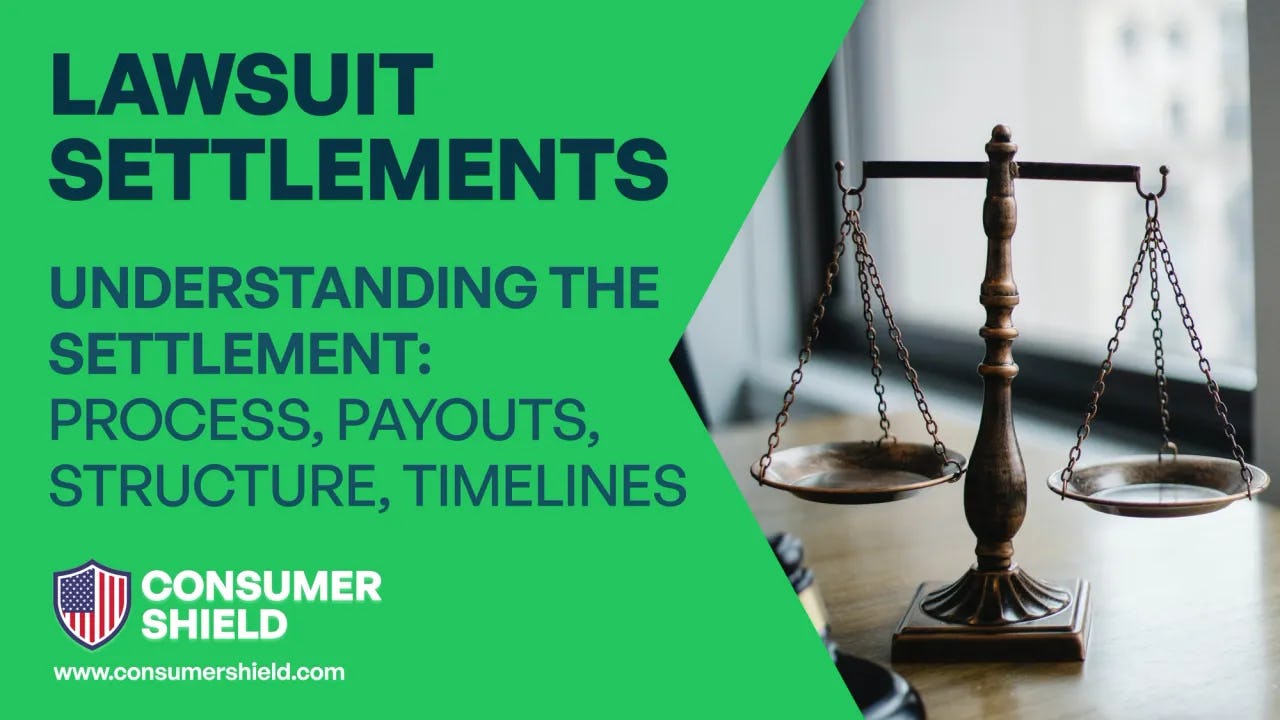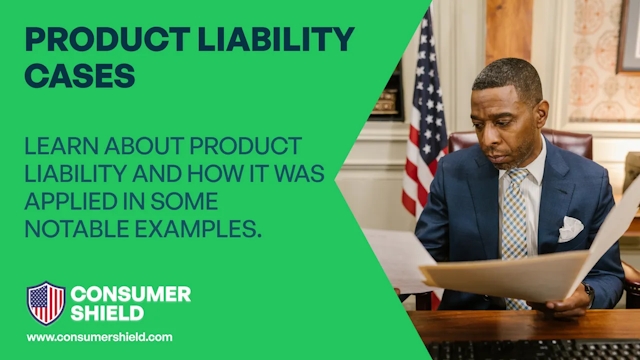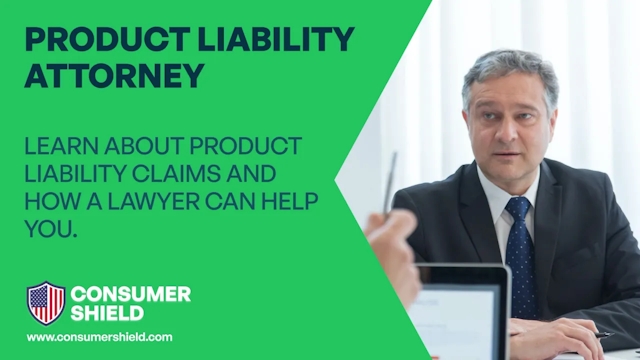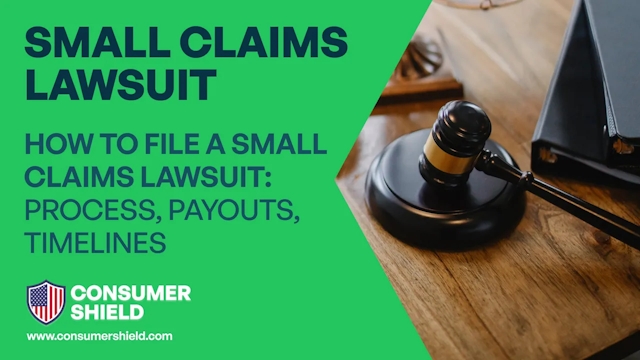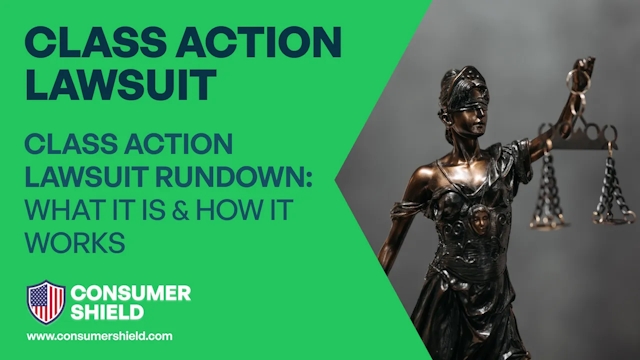Understanding the Settlement Payment Process
When a lawsuit settles, the payment process is a critical stage that translates the agreement into actual financial compensation for the plaintiff. This process is intricate and varies depending on the specifics of each case. Understanding each step is crucial for anyone anticipating a settlement.
Steps Involved in the Settlement Payment Process
Reaching an Agreement: The process begins when the parties involved agree on a compensation amount. This is often achieved through negotiations, possibly after a period of litigation. The agreement is a crucial step as it determines the total amount to be paid.
Signing of Release Form: After an agreement is reached, the plaintiff signs a release form. This form is a legal document indicating their acceptance of the settlement amount and terms, and it typically includes a clause that waives any future claims related to the incident.
Processing Period: There's a processing period following the signing of the release form. This stage may involve completing legal formalities, obtaining necessary court approvals in certain cases, and processing the paperwork to facilitate the payment.
Payment Issuance: The defendant, often through their insurance company, issues the payment. This can be in the form of a single lump sum or as a structured settlement involving periodic payments. The choice of payment method should be specified in the settlement agreement.
Deducting Liens and Attorney's Fees: If the plaintiff is represented by an attorney, their fees are usually deducted from the settlement amount. Additionally, any liens against the settlement (such as medical bills or other debts incurred due to the lawsuit subject) need to be settled.
Receipt of Funds: Finally, the plaintiff receives the funds. The timing of this step can vary greatly, depending on the case's complexity, the payment method, and any additional administrative tasks.
While ConsumerShield does not directly participate in the settlement payment process, it plays a crucial role in the initial stages of a lawsuit. ConsumerShield can evaluate the eligibility of victims for compensation, helping them understand whether they have a valid claim and guiding them towards appropriate legal assistance. This evaluation can be vital in deciding whether to pursue a lawsuit or accept a settlement offer.
Understanding these steps is vital for plaintiffs in any lawsuit. Knowing what to expect can make the journey through the legal system less daunting and more efficient. For those at the beginning of this journey, ConsumerShield can be a valuable resource in determining their eligibility for compensation and connecting them with the necessary legal resources.
The Role of Legal Representation in Settlement Payouts
Legal representation is a key element in the lawsuit settlement process. Attorneys not only provide legal advice and represent their clients' interests in court, but they also play a significant role in negotiating settlements and managing the payout process. Understanding the extent of their involvement can help plaintiffs navigate the settlement process more effectively.
Key Functions of Legal Representation
- Negotiation of Settlement Terms: One of the primary roles of a lawyer in a settlement is to negotiate the terms. This includes the settlement amount, payment structure, and any other conditions of the settlement. Attorneys use their expertise to advocate for a fair settlement that adequately compensates their clients for their losses.
- Review and Execution of Settlement Documents: Once a settlement amount is agreed upon, legal representatives review all settlement documents, including the release form. They ensure that the terms are in the client's best interests and that all legal requirements are met. Their expertise is crucial in deciphering the often complex legal language used in these documents.
- Management of the Disbursement Process: After the settlement is agreed upon, attorneys oversee the disbursement process. This includes ensuring that the payment is made in a timely manner and in accordance with the agreed terms. They also manage the distribution of the settlement funds, ensuring that any liens, legal fees, and other expenses are properly paid.
- Deducting Legal Fees: Legal fees, often a percentage of the settlement amount, are deducted from the total settlement. A clear understanding between the client and attorney regarding fee structure is essential from the outset. Attorneys are required to provide a detailed accounting of their fees and how they are calculated.
- Advising on Tax Implications: While attorneys are not tax experts, they can provide general advice on the potential tax implications of a settlement. Some types of settlements may be taxable, so understanding these implications is important for financial planning.
- Financial Planning and Structured Settlements: In cases of large settlements, legal representatives may also provide advice or resources for financial planning. This is particularly relevant in structured settlements, where the compensation is paid out over time. They can help their clients understand the long-term financial impact of different payout options.
Although ConsumerShield does not participate in the legal aspects of settlement payouts, its role in the initial evaluation of a case is crucial. By assessing a victim's eligibility for compensation, ConsumerShield can connect individuals with legal representation suited to their specific case. This early intervention is key to ensuring that plaintiffs are adequately prepared and represented throughout the legal process, especially during settlement negotiations and payouts.
Types of Settlement Payouts
Understanding the types of settlement payouts is crucial for plaintiffs as it affects how they receive their compensation and manage their financial future. Settlements are typically paid out in either a lump sum or through a structured settlement, each with its own advantages and considerations.
Lump Sum Payments
Immediate Full Payment: A lump sum payment involves the plaintiff receiving the entire settlement amount in one go. This is beneficial for those who need immediate access to funds, perhaps to cover significant expenses like medical bills, legal fees, or debts.
Financial Control: Receiving a lump sum gives the plaintiff full control over their money. They can choose to invest, save, or spend the funds according to their needs and financial goals.
Simplicity and Closure: Lump sum payments are straightforward and offer a sense of closure, allowing plaintiffs to move on from the lawsuit without ongoing financial ties to the defendant.
Structured Settlements
Periodic Payments: A structured settlement divides the total settlement amount into regular payments over a set period. This can range from a few years to several decades, depending on the agreement.
Long-term Financial Security: Structured settlements provide a steady income stream, which can be particularly beneficial for long-term financial planning and stability. It ensures that the plaintiff has a regular income, which can be helpful if the lawsuit has impacted their ability to earn.
Tax Benefits: In many cases, structured settlements offer tax advantages. The periodic payments are often tax-free, which can result in greater overall compensation than a lump sum, which might be subject to taxes.
Customizable to Needs: Structured settlements can be tailored to meet the plaintiff's specific financial needs and future expenses. This includes adjusting the payment amount, frequency, and duration.
Choosing the Right Option
The choice between a lump sum and a structured settlement depends on various factors, including the plaintiff's financial situation, immediate and long-term financial needs, and personal preferences.
Plaintiffs should consider consulting with financial advisors, legal representatives, and, where appropriate, organizations like ConsumerShield, which can provide initial guidance and connect them with the necessary resources.
While ConsumerShield does not directly influence the type of settlement payout, its early intervention in assessing eligibility for compensation can set the stage for informed decision-making later in the process. By ensuring that potential plaintiffs understand their rights and the possible outcomes of their case, ConsumerShield helps them make more informed choices when it comes to selecting the most suitable type of settlement payout for their circumstances.
Timeline of Lawsuit Settlement Disbursement
The timeline for the disbursement of lawsuit settlement funds can vary significantly based on several factors. Understanding this timeline is important for plaintiffs as it affects their financial planning and expectations regarding the resolution of their case.
Factors Influencing the Timeline
- Complexity of the Case: The more complex the case, the longer it may take to finalize the settlement details and process the payment. Cases involving multiple parties or intricate legal issues often have extended timelines.
- Completion of Legal and Administrative Procedures: After the settlement agreement is reached, there are often legal and administrative procedures to be completed. This can include court approvals, especially in class action lawsuits or settlements involving minors, which add to the timeline.
- Processing by the Payer: The speed at which the defendant or their insurance company processes the payment can also impact the timeline. Some organizations may be quicker than others in releasing funds.
- Type of Payment: The chosen payment type - lump sum or structured settlement - can affect the timeline. Lump sum payments are typically processed and distributed more quickly than structured settlements, which require setting up a schedule for periodic payments.
- Attorney and Legal Processing: The time taken by the plaintiff's attorney to process the settlement, including the deduction of fees and the payment of liens, can also influence the timeline.
General Timeline Expectations
- Short-Term Settlements: In less complex cases, with straightforward terms and cooperative parties, settlements might be disbursed within a few weeks to a few months after the agreement is reached.
- Long-Term Settlements: In more complex cases, or when structured settlements are involved, it can take several months to a year or more for the plaintiff to start receiving payments.
Tax Implications and Considerations
- Income Tax: Generally, lawsuit settlements are not considered earned income. However, the tax implications can vary based on the nature of the settlement.
- Special Cases: Certain types of damages, like those for physical injuries, are typically not taxable, whereas punitive damages and interest on the settlement may be taxable.
In the context of ConsumerShield, our primary role is in the initial stages of identifying and evaluating the eligibility for compensation. They do not directly influence the disbursement timeline but can help potential plaintiffs understand the process and set realistic expectations. This early guidance can be crucial for plaintiffs in planning their next steps and managing their financial situation post-settlement.
Understanding the timeline of lawsuit settlement disbursement helps plaintiffs plan accordingly and reduces uncertainty and anxiety about the process. It's always advisable for plaintiffs to discuss these timelines with their legal representatives to get a clearer picture of when they can expect to receive their settlement funds.
